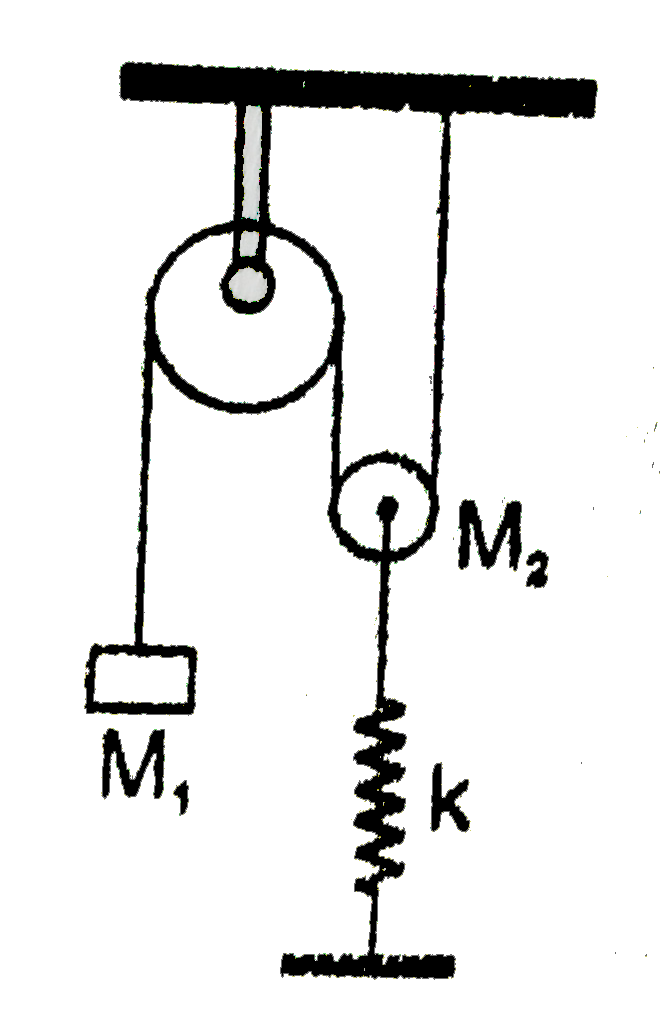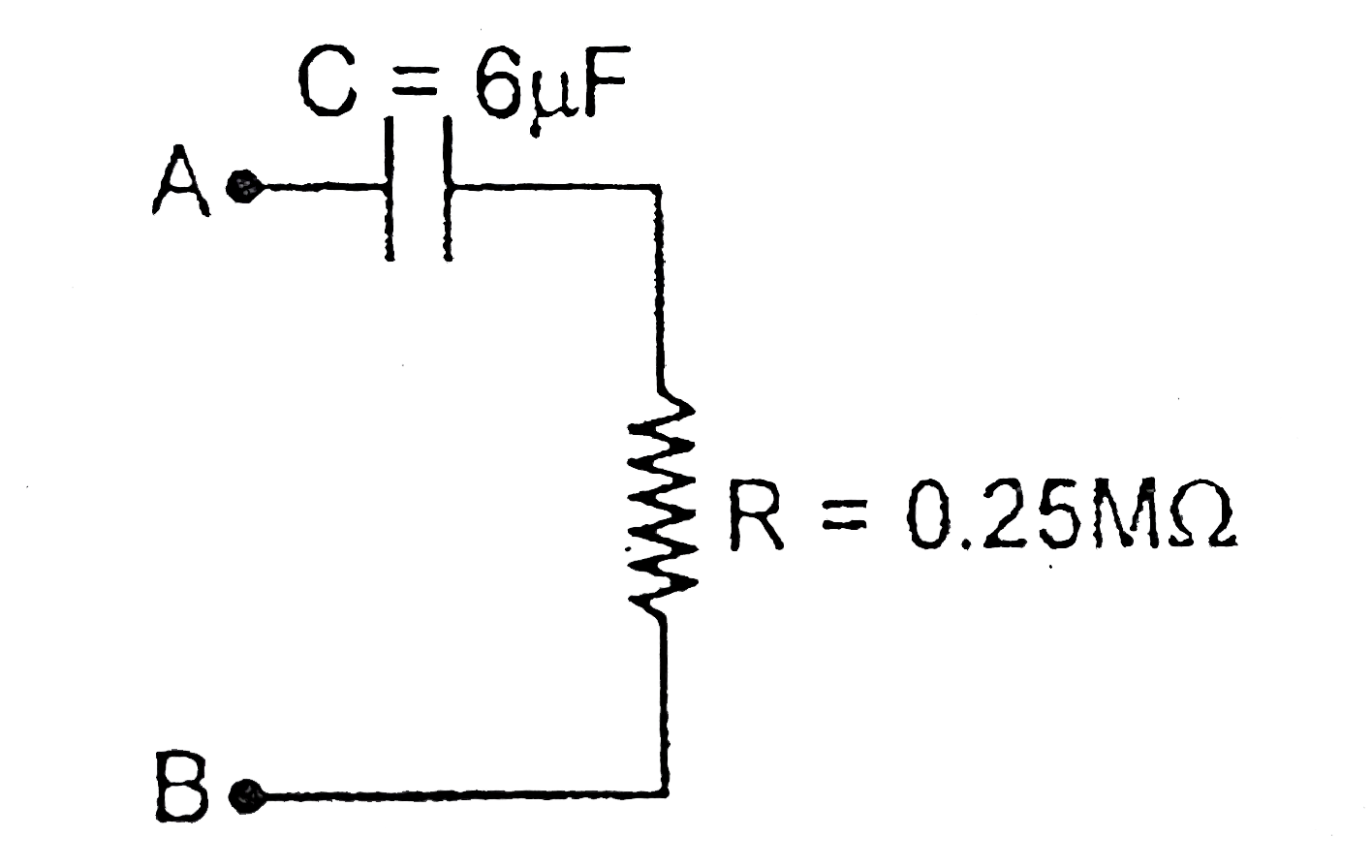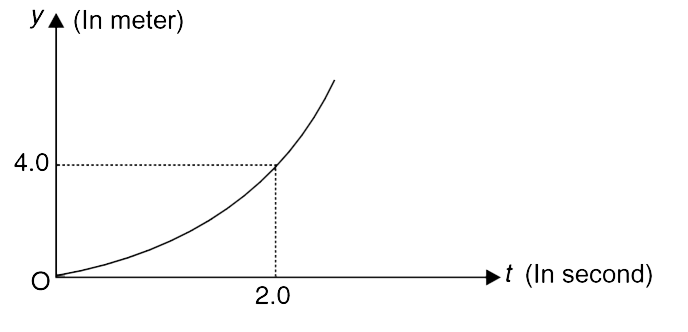An elevator of height 'h' ascends with constant acceleration 'a'. When it corsses a plalform bolt drops from the top of the elevator. If the time for the bolt to hit the floor of the elevator is √λhg+a then find 'λ'.
The correct Answer is:2
Choose the floor of the elevtore as reference. The observer is inside the elevator take the downward directon as positive.
Acceleration of blot relative to elevatore is
a'=g−(−a)=g+a
h=12a't2=12(g+a)t2
t=√2hg+a
Topper's Solved these Questions
- TEST PAPERSBOOK - RESONANCECHAPTER - TEST PAPERSEXERCISE - PART - II PHYSICS
107 Videos
- TEST PAPERSBOOK - RESONANCECHAPTER - TEST PAPERSEXERCISE - Physics
775 Videos
- TEST PAPERSBOOK - RESONANCECHAPTER - TEST PAPERSEXERCISE - FST-3
30 Videos
- SIMPLE HARMONIC MOTION BOOK - RESONANCECHAPTER - SIMPLE HARMONIC MOTION EXERCISE - Advanced Level Problems
13 Videos
- TEST SERIESBOOK - RESONANCECHAPTER - TEST SERIESEXERCISE - PHYSICS
127 Videos
Similar Questions
A force F is applied on a block of mass 5kg as shown in figure. Co-efficient of friction between the wall and clock is √32.(g=10m/s2)

Select correct option(s)
View SolutionTwo particles are intially at a separation of d to each other. They move with constant velocirties with 5m/s and 3m/s respectively in horizontal plane. Their velocities makes an angle 60∘ with each other. If after 2 seconds, they collide. Then value of d is:
View SolutionWhat will be the volume strength of 100 ml of H2O2 required to react completely with 61 ml of KMnO4 in acidic medium ? ( Given that 61l of KMnO4 reacts completely with 5 ml of 1M of K4[Fe(CN)6] where it converts into K+,Fe3+,CO2−3 and NO−3 )
View SolutionWhat would be the period of the free oscillations of the system shown here if mass M1 is pulled down a little force constant of the spring is k, mass of fixed pulley is negligible and movable pulley is smooth

View SolutionA time varying voltage is applied across A & B such that voltage across capacitor is given by VC=2sin2t. What is maximum potential difference across the reistance?

View SolutionAn elevator car whose floor to ceiling distance is equal to 2.7m starts ascending with constant acceleration 1.2 m//s^2. 2 s after the start, a bolt begins falling from the ceiling of the car. Find (a)the time after which bolt hits the floor of the elevator. (b)the net displacement and distance travelled by the bolt, with respect to earth. (Take g=9.8 m//s^2)
View SolutionAn elevator whose floor-to-ceiling destance is 2.50 m starts ascending with a constant acceleration of 1.25 ms^(-2) On second after the start, a bolt begins falling from the elevator. Calculate: a. The free fall time of the bolt b. The displacement and reference frame of ground.
View SolutionAn elevator starts moving upward with constant acceleration. The position time graph for the floor of the elevator is as shown in the figure. The ceiling to floor distance of the elevator is 1.5 m. At t=2.0s, a bolt breaks loose and drops from the ceiling.
(a) At what time t0 does the bolt hit the floor?
(b) Draw the position time graph for the bolt starting from time t=0. [take g=10m/s2]

View SolutionAn elevator (lift) ascends with an upward acceleration of 1.2ms−2. At the instant when its upward speed is 2.4ms−1, a loose bolt drops from the ceiling of the elevator 2.7m above the floor of the elevator. Calculate (a) the time of flight of the bolt from the ceiling to the floor and (b) the distance it has fallen relaative to the elevator shaft.
View SolutionAn elevator (lift) ascends with an upward acceleration of 1.2 ms−2.At the instant when its upward speed is 2.4 ms−1, a loose bolt drops from the ceiling of the elevator 2.7 m above the floor of the elevator . Calculate (a) the time of flight of the bolt from the ceiling to the floor and (b)the distance it has fallen relative to the elevator shaft.
View SolutionAn elevator with floor to roof height 24m starts moving upwards with a constant acceleration of 2(m)/(s^(2)). At t=2s ,a bolt on the roof loosens and falls. Time the bolt takes to travel from the roof to the floor of the elevator is g=10ms^(-2)]
View Solution[" An elevator of height "32m" is ascending "],[" with an acceleration "6.2m/sec^(2)" .After a "],[" time 't',a coin is dropped from the top of "],[" the elevator.When will the coin strike "],[" the bottom of the elevator? "]
View SolutionA bolt of mass 0.3 kg falls from the ceiling of an elevator moving down with a uniform speed of 7ms−1. If hits the floors of the elevator (length of the elevator 3m) and does not rebound. What is the heat produced by the impact?
View Solution. An elevator, whose floor to the ceiling dis tance is 2.50m, starts ascending with a con stant acceleration of 1.25 ms - 2. One second after the start, a bolt begins falling from the ceiling of elevator. The free fall time of the bolt is [g g=10ms^(-2) ]
View SolutionAn elevator ascends an upward acceleration of 0.2 m/s2. At the instant it upwards speed in 3m/sec a loose bolt 5 m high form the floor drops from the ceiling of the elevator.Find the time until the bolt strikes the floor and the displacement it has fallen .
View Solution
